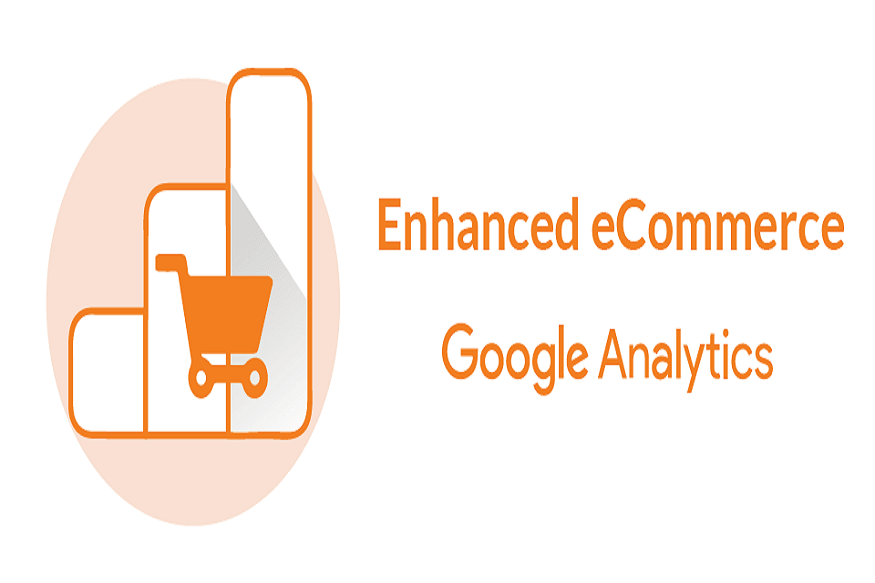Mesh decimation is a method of 3D model optimization that simplifies images in order to shrink file size. This plays a crucial role in making 3D and augmented reality images user-friendly for effective deployment in ecommerce applications. In this blog post, we will explore how mesh decimation optimizes 3D and augmented reality images for improved ecommerce functionality.
What is mesh decimation?
Mesh decimation is the process of removing unnecessary data points from a 3D mesh in order to reduce the file size. In the context of 3D and augmented reality images, this is important because the images need to be user-friendly. They cannot be too large in size or they will take too long to load, which defeats the purpose of using them in ecommerce applications. By reducing the file size, mesh decimation makes it possible for 3D and augmented reality images to be effectively deployed in ecommerce applications.
Who is mesh decimation for?
Mesh decimation is a crucial step in optimizing 3D and augmented reality images for deployment in ecommerce applications. By reducing the file size of 3D models, mesh decimation makes it possible for images to be quickly loaded and displayed on a wide range of devices. This optimization is especially important for mobile devices, which are often slower than desktops when it comes to loading large files. Additionally, mesh decimation can help make 3D and augmented reality images more user-friendly, thus increasing the likelihood that customers will interact with these images.
How does mesh decimation work?
Mesh decimation is a process of reducing the number of polygons in a 3D mesh while preserving the shape of the model. The technique uses various algorithms to identify and delete small polygons from the mesh, which reduces the number of vertices (or corners) in the model. The goal is to simplify the image while preserving its basic shape and appearance. This process is critical for optimizing 3D models for various platforms, including ecommerce applications. It helps to reduce file size and improve load speed, making 3D and augmented reality images more user-friendly for consumers.
How does mesh decimation affect 3D and augmented reality models?
Mesh decimation is a 3D model optimization technique that simplifies 3D models by reducing the number of polygons in the image. This process plays a crucial role in making 3D and augmented reality images user-friendly for effective deployment in ecommerce applications. By reducing the number of polygons, mesh decimation makes 3D and augmented reality images smaller in file size, which improves load speed and meets the requirements of various platforms where the 3D models are published such as Facebook, Instagram, and Shopify.
What type of 3D models benefit from mesh decimation?
Mesh decimation is a method of 3D model optimization that simplifies images in order to shrink file size. This plays a crucial role in making 3D and augmented reality images user-friendly for effective deployment in ecommerce applications. In other words, mesh decimation helps 3D models look better on various platforms, increasing the chances that users will complete a purchase. You might be wondering if mesh decimation is only necessary for high-polygon 3D models. The answer is no—mesh decimation can be used for all types of 3D models, including those that are low-polygon. In fact, mesh decimation is especially beneficial for low-polygon models because it helps reduce file size without compromising image quality.
Conclusion
Mesh decimation is a critical process for optimizing 3D and augmented reality models for ecommerce applications. By reducing the file size of 3D and augmented reality images, mesh decimation makes these images more user-friendly and improves load speed. This is a crucial step in making 3D and augmented reality images ready for widespread deployment in ecommerce applications.




